-
 Bitcoin
Bitcoin $118400
0.47% -
 Ethereum
Ethereum $3836
2.20% -
 XRP
XRP $3.157
2.98% -
 Tether USDt
Tether USDt $0.9999
-0.03% -
 BNB
BNB $801.5
1.31% -
 Solana
Solana $180.9
2.07% -
 USDC
USDC $0.9999
-0.02% -
 Dogecoin
Dogecoin $0.2225
2.50% -
 TRON
TRON $0.3285
-1.02% -
 Cardano
Cardano $0.7789
2.60% -
 Hyperliquid
Hyperliquid $43.60
2.39% -
 Sui
Sui $3.892
4.41% -
 Stellar
Stellar $0.4229
3.34% -
 Chainlink
Chainlink $18.01
3.98% -
 Hedera
Hedera $0.2745
6.77% -
 Bitcoin Cash
Bitcoin Cash $582.3
3.38% -
 Avalanche
Avalanche $23.77
1.04% -
 Ethena USDe
Ethena USDe $1.001
0.01% -
 Toncoin
Toncoin $3.493
3.59% -
 Litecoin
Litecoin $110.0
2.48% -
 UNUS SED LEO
UNUS SED LEO $8.936
-0.37% -
 Shiba Inu
Shiba Inu $0.00001304
2.49% -
 Uniswap
Uniswap $9.999
1.09% -
 Polkadot
Polkadot $3.897
3.26% -
 Monero
Monero $308.6
-0.83% -
 Dai
Dai $0.9999
-0.01% -
 Bitget Token
Bitget Token $4.504
-0.04% -
 Pepe
Pepe $0.00001154
2.95% -
 Cronos
Cronos $0.1471
3.06% -
 Ethena
Ethena $0.6691
19.53%
What is Binance's liquidity mining?
By providing liquidity to Binance's trading pairs through liquidity pools, users can generate passive income through trading fees and BNB rewards while supporting the exchange's market stability and efficiency.
Feb 17, 2025 at 10:06 am
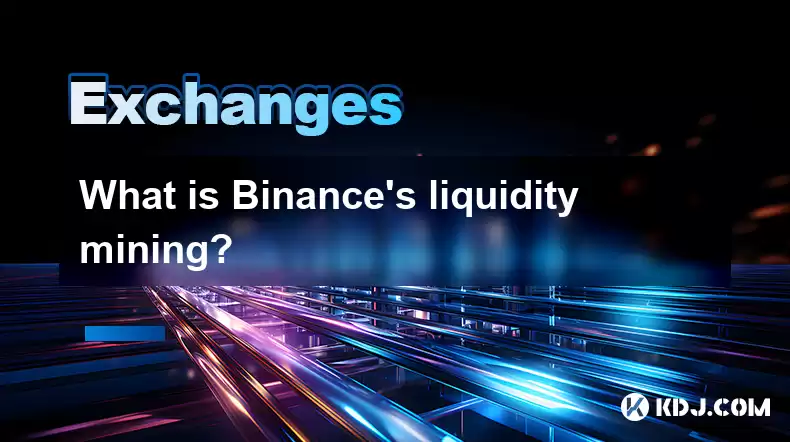
Key Points of Binance's Liquidity Mining
- Definition of Binance's liquidity mining
- How Binance's liquidity mining works
- Benefits of participating in Binance's liquidity mining
- Steps for participating in Binance's liquidity mining
- Risks and considerations of Binance's liquidity mining
What is Binance's Liquidity Mining?
Binance's liquidity mining is a program that rewards users for providing liquidity to the Binance exchange. By staking their crypto assets in liquidity pools, users can earn passive income from trading fees and Binance Coin (BNB) rewards. Liquidity mining incentives aim to attract and retain liquidity providers, ensuring sufficient trading volume and market depth on the Binance platform.
How Binance's Liquidity Mining Works
Liquidity mining involves four main components:
- Liquidity pools: These are collections of crypto assets used to facilitate trading pairs onBinance.
- Stakers: Liquidity providers who stake their assets into liquidity pools.
- Trading fees: A portion of trading fees generated from trades executed in liquidity pools is distributed to stakers as rewards.
- BNB rewards: Binance also distributes additional BNB rewards to liquidity providers to incentivize participation.
Benefits of Participating in Binance's Liquidity Mining
- Passive income: Stakers earn a portion of trading fees generated from their staked assets.
- BNB rewards: Participants receive additional BNB rewards from Binance.
- Support Binance ecosystem: Liquidity mining helps maintain market depth and liquidity on the Binance exchange, contributing to its overall stability and efficiency.
Steps for Participating in Binance's Liquidity Mining
- Create a Binance account and verify your identity.
- Fund your account with eligible crypto assets.
- Select a liquidity pool to stake your assets in.
- Choose the desired staking amount and duration.
- Confirm your staking transaction and start earning rewards.
Risks and Considerations of Binance's Liquidity Mining
- Impermanent loss: Staked assets may experience value fluctuations, potentially leading to temporary or permanent losses.
- Smart contract risk: Liquidity mining involves interacting with smart contracts, which can be subject to vulnerabilities or security breaches.
- Market risk: Overall market conditions can impact the value of staked assets and the rewards earned.
FAQs Related to Binance's Liquidity Mining
Q: What are the eligible liquidity pools for staking?
A: Binance offers a wide range of liquidity pools for various trading pairs, including BTC/USDT, ETH/USDT, and BNB/USDT.
Q: Is there a lock-up period for staked assets?
A: Yes, most liquidity pools have a lock-up period ranging from a few days to several months.
Q: How often are liquidity mining rewards distributed?
A: Rewards are typically distributed daily or weekly, depending on the specific liquidity pool.
Q: Are there any fees for participating in liquidity mining?
A: Binance does not charge fees for participating in liquidity mining; however, a portion of trading fees from liquidity pools is distributed to stakers.
Q: Is liquidity mining the same as yield farming?
A: Although similar in concept, liquidity mining is specific to Binance and involves staking assets to provide liquidity to the Binance exchange, while yield farming is a broader term that encompasses similar activities across various decentralized finance (DeFi) platforms.
Disclaimer:info@kdj.com
The information provided is not trading advice. kdj.com does not assume any responsibility for any investments made based on the information provided in this article. Cryptocurrencies are highly volatile and it is highly recommended that you invest with caution after thorough research!
If you believe that the content used on this website infringes your copyright, please contact us immediately (info@kdj.com) and we will delete it promptly.
- SEC, Crypto, and Securities: Navigating the New Frontier
- 2025-08-01 05:10:12
- Spartans, Sports Betting, and the Top Spot: A New Era of Crypto Gambling
- 2025-08-01 05:51:38
- Ondo Finance, RWA Tokenization, and the White House Report: A New Era for Digital Finance
- 2025-08-01 05:51:38
- TON Blockchain: Is It the Everyday Blockchain of the Future?
- 2025-08-01 05:55:12
- Cardano (ADA) Market Cap: Can It Compete with Emerging Cryptocurrencies and Meme Coins?
- 2025-08-01 04:30:12
- Memecoin Mania: MEME's Volume Spike Signals Bullish Times Ahead?
- 2025-08-01 05:55:12
Related knowledge
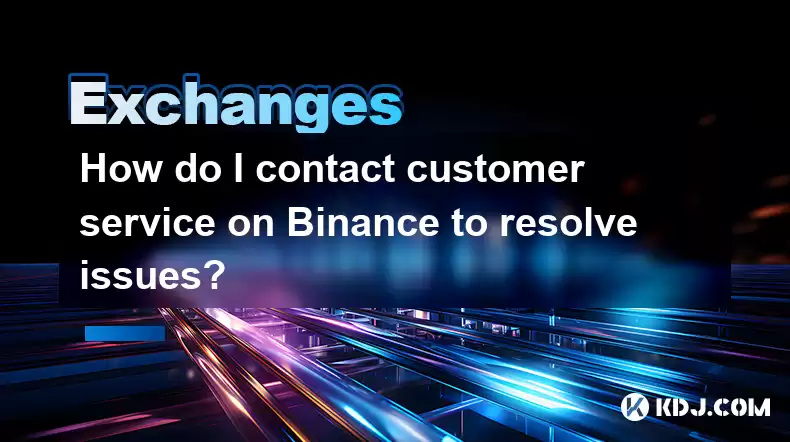
How do I contact customer service on Binance to resolve issues?
Mar 16,2025 at 04:30am
Key Points:Binance's customer service is primarily self-service, relying heavily on its help center and FAQs.Direct contact methods are limited, with ...
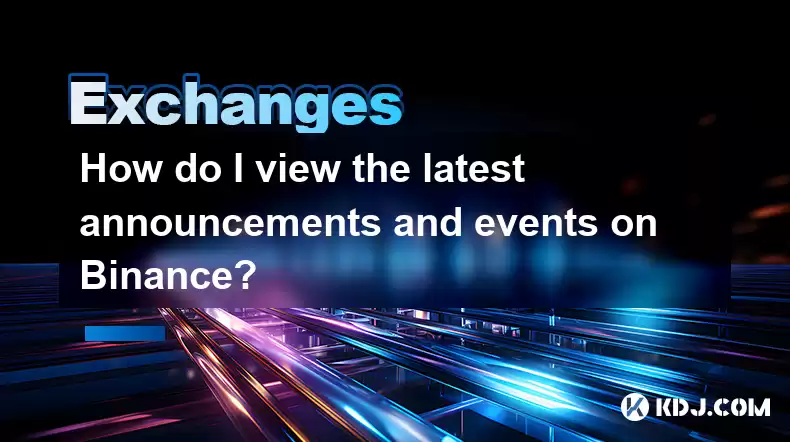
How do I view the latest announcements and events on Binance?
Mar 18,2025 at 10:18pm
Key Points:Binance utilizes multiple channels for disseminating announcements and events.The official Binance website is the primary source.Binance's ...
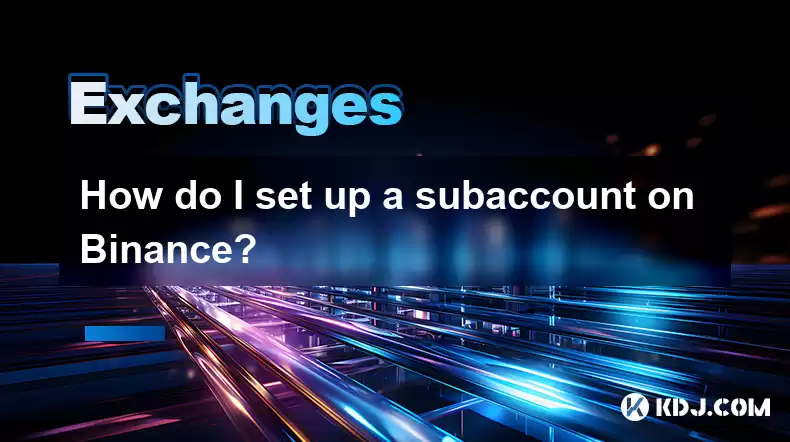
How do I set up a subaccount on Binance?
Mar 14,2025 at 01:50pm
Key Points:Binance does not offer traditional "subaccounts" in the sense of separate accounts with independent logins under a master account.Instead, ...

How do I view the list of supported currencies on Binance?
Mar 15,2025 at 05:35am
Key Points:Binance supports a vast and frequently updated list of cryptocurrencies. There's no single, static list.Finding supported currencies requir...
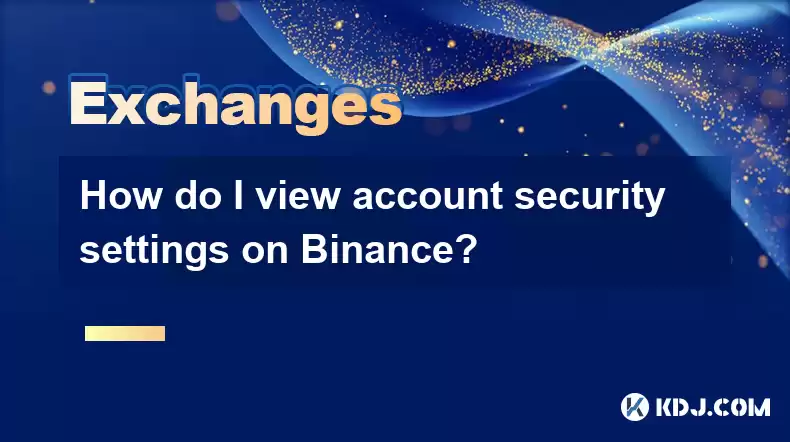
How do I view account security settings on Binance?
Mar 15,2025 at 08:40pm
Key Points:Binance's security settings are spread across multiple sections of your account. This article will guide you through each crucial area.Unde...
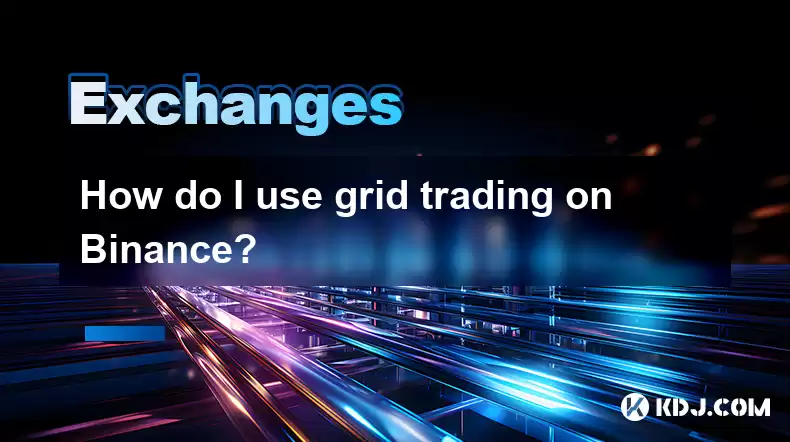
How do I use grid trading on Binance?
Mar 14,2025 at 04:25pm
Key Points:Grid trading on Binance involves automatically buying low and selling high within a defined price range.Binance offers a built-in grid trad...

How do I contact customer service on Binance to resolve issues?
Mar 16,2025 at 04:30am
Key Points:Binance's customer service is primarily self-service, relying heavily on its help center and FAQs.Direct contact methods are limited, with ...

How do I view the latest announcements and events on Binance?
Mar 18,2025 at 10:18pm
Key Points:Binance utilizes multiple channels for disseminating announcements and events.The official Binance website is the primary source.Binance's ...

How do I set up a subaccount on Binance?
Mar 14,2025 at 01:50pm
Key Points:Binance does not offer traditional "subaccounts" in the sense of separate accounts with independent logins under a master account.Instead, ...

How do I view the list of supported currencies on Binance?
Mar 15,2025 at 05:35am
Key Points:Binance supports a vast and frequently updated list of cryptocurrencies. There's no single, static list.Finding supported currencies requir...

How do I view account security settings on Binance?
Mar 15,2025 at 08:40pm
Key Points:Binance's security settings are spread across multiple sections of your account. This article will guide you through each crucial area.Unde...

How do I use grid trading on Binance?
Mar 14,2025 at 04:25pm
Key Points:Grid trading on Binance involves automatically buying low and selling high within a defined price range.Binance offers a built-in grid trad...
See all articles

























































































